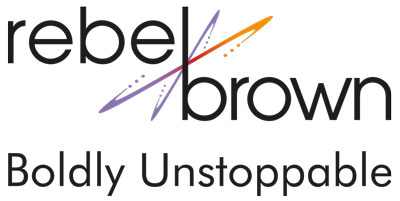I was listening in on a teleconference last week. The vendor was a former client. Every once in a while I’m invited to ‘spot check’ an activity and offer somewhat objective feedback. In this case, they were launching a pilot program for their new product with their top select channel partners. This company has a superb channel and has always been known as one of the leading innovators in channel support and training – which is one of the many reasons their channels have always been so successful.
Imagine my surprise when I heard this new approach. I almost choked on my coffee as I listened to the call. It took everything I had (and a muted phone) not to jump in and say something to bring things back on course. Because I can tell you, we took a wrong turn.
Things started out pretty well. They did a good job of introducing the product and its value propositions, where it played in the market. Then they started to discuss their channel offer – and that’s where things got a little off course – and from there it went downhill.
In a nutshell, this great channel company started to swagger. They forgot that channels are partners by their own free will. The vendor started behaving as if they could dictate to these independent business people.
Here’s the gist of what happened. First, let’s review the program – which in and of itself was well thought out.
- Product: The product was offered to these top channels a full six months ahead of the rest of the market. These select channels would be given demonstration versions, special training and more – and the chance to jumpstart revenue in a non -competitive environment.
- Marketing: the company is ready to fund a demand generation and outreach program custom tailored to each of the channel partners. In fact, they’ve hired an expert digital marketing firm to power demand generation and qualify channel leads.
- Sales: The vendor was ready to provide sales and technical training for up to 10 resources in each channel partner free of charge. The travel cost was to be picked up by the vendor as well as the expenses during the 4 days of training.
Sounds great, right? So what could have gone wrong? Read on.
After the product presentation and the program review, the leader of the call asked for commitments from each of the channel players involved. (A side note: None were in competitive geographies or markets – although I would still have done the calls individually).
The requested commitment included:
- A matching fund of $8K from Market Development funds
- A minimum of 4 resources committed for training – meaning a week out of the field for each resource
- A minimum of 3 weeks of product testing commitment
- An immediate decision – on the phone call itself. Yes or No.
Well, it turns out that most of the channel partners involved were also part of another program with the same vendor. This program required significant resources from each partner for another two months. Additionally, the vendor couldn’t actually deliver the product as a beta for another two to three months. There was still some final development work – so the partners were being asked for a commitment and resource allocation well ahead getting their hands on the product.
As you can imagine, the channel representatives on the call were tentative. Given the resources in the other program, and the delay until a beta was available – the channels suggested that they be given a bit more time to decide about their commitment. Their desire was to wait until they could see the beta – at which time their resources would be free from the other program so they wouldn’t be quite so over extended.
Seems reasonable? Well – this is where we went off the deep end. The leader of channels held firm. No extensions, no changes. If you want to be involved, sign up today and assign resources. We’ll deliver the product in 2-3 months. Make the commitment if you want to be part of the program.
Needless to say – not one of the fifteen channel partners represented agreed to the program. How could they? They were being asked to commit resources – both personnel and dollars – for a product they couldn’t yet touch. Worse yet, the vendor – their partner – was being a bit unrealistic about their demands.
When I chatted with the Channel leader after the call – he was upset. An understatement. Seems he understood and agreed with his partners’ perspective. But his new boss – a new channel VP from a powerful traditional 3 letter vendor- had decreed that these partners could ‘get with the program or we’ll leave them in the dust’. Now that’s a Win/Win attitude, isn’t it?
It would have been so easy to spin this situation into a Win/Win. Simply by listening to the partners – in this case the customers – and adjusting the timing of the program – everything could have become a Win/Win. The program could have been executed with the leading partners, the product would have been introduced by a well trained set of channels – and everyone would have been focused on its success.
Instead, my bet is that after these interactions, more than the product program has been lost.
It can take years to develop a relationship based on trust and loyalty. In this case it may have only taken one phone call to diminish years of partnership.





